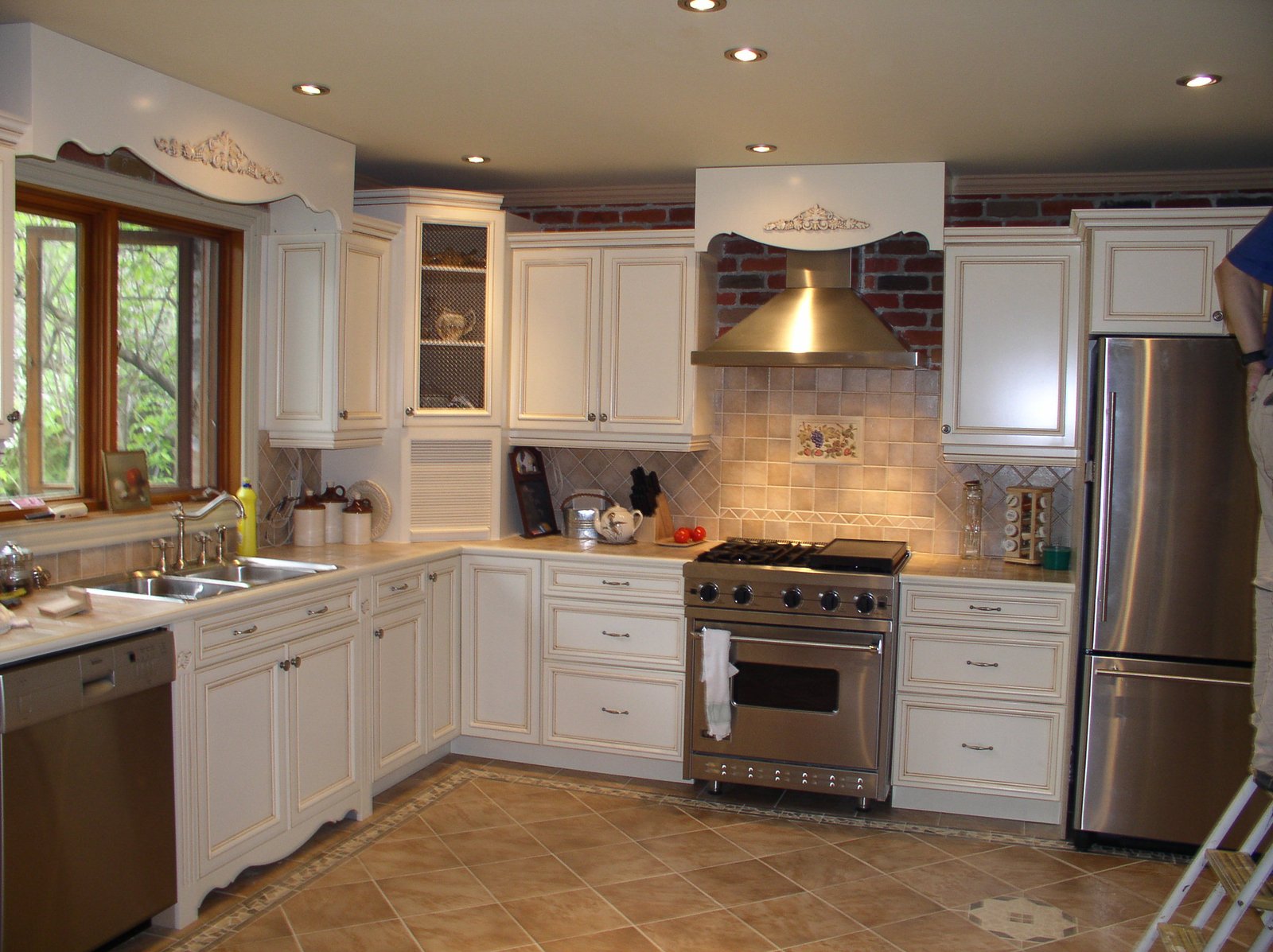Grasping the Expense: Analyzing Your Culinary Renovation Budget

Renovating the kitchen can be a thrilling yet daunting task, particularly when it comes to budgeting. This space is often considered the heart of the home, where gather, so functional and beautiful is essential. However, understanding the costs associated with a kitchen renovation can help you making informed decisions and ensuring your project stays on track financially.
In this article, we’re going to break down the components of your kitchen renovation budget and provide you with the ultimate guide to planning the kitchen of your dreams. From selecting the right materials and appliances to understanding the effects of design choices, we will cover all the essentials to create a space that not only looks great but also fits your financial plan. Whether you are aiming for a full remodel or simply updating specific features, it becomes crucial to have a clear understanding of the costs involved.
Managing for Your Culinary Remodel
When considering a kitchen renovation, defining your budget is essential to avoid overspending and ensure a successful project. Start by establishing a realistic budget range depending on the size of your kitchen, the extent of the renovation, and your personal financial situation. Account for all potential costs, including materials, labor, appliances, permits, and surprise expenses. It's wise to set aside an additional 10 to 20 percent of your budget as a safety net for unforeseen issues that may arise during construction.
After establishing your overall budget, break it down into categories such as cabinetry, countertops, appliances, flooring, and fixtures. This enables you to budget funds according to priorities and ensures that you don’t overlook any essential elements. kitchen design consultation for each category and adjust your budget accordingly. For instance, if you're leaning towards high-end materials for countertops, you may need to cut costs in other areas, such as choosing more affordable cabinetry or fixtures.
Keep in mind that kitchen renovations can be as easy or complex as you wish, and it's important to strike a balance between quality with affordability. Assess whether you want to take a DIY approach to reduce money or invest in professionals for specific tasks, such as plumbing or electrical work. Each decision will affect your overall budget, so consider the benefits and drawbacks carefully. Focusing on what is most important to you in your kitchen renovation will help ensure you remain within your budget without sacrificing your vision.
Selecting the Ideal Style and Materials
Choosing the right style for your kitchen requires thoughtful consideration of your personal preferences and the practicality of the area. Modern kitchens often feature sharp lines and simple elements, while classic designs can include intricate details and warm color palettes. Think about how you use your cooking space every day and what visual appeals to you. This is sure to guarantee that your renovation shows your preferences and fulfills your cooking and entertaining requirements.
When it comes to components, excellence should be at the top of your decisions. Counters, cabinetry, and floors all contribute to the overall look and durability of your kitchen. Quartz and granite are common options for tops, with quartz offering a wide range of colors and patterns, while granite offers a distinctive and authentic finish. For cabinets, you can choose between custom and pre-fabricated choices, each with its own benefits. Considering your budget and the durability of materials will help you design a space that not only looks fantastic but will withstand the test of time.
Finally, do not overlook the importance of illumination and fixtures in your cooking space style. The right illumination can change a room, making it more welcoming and functional. Consider a mix of ambient lighting and task lighting, such as pendant lights over an island counter or below-cabinet lighting for workspace. When choosing tap fittings and devices, seek out energy-efficient choices that align with your design theme. Each choice you select should enhance the overall concept for your kitchen while ensuring efficiency and style.

Boosting Functionality and Style
Building a kitchen that is both efficient and visually appealing is key to a good renovation. To attain this, think about your kitchen layout meticulously, as the configuration of appliances, cabinetry, and areas can greatly affect its functionality. Incorporating an open layout can foster a more interactive atmosphere, while well-planned work triangles between the sink, stove, and fridge can improve everyday cooking activities. Thoughtful design, combined with ample storage solutions, will help your kitchen looks great while being useful.
When it comes to appearance, picking the right color scheme and materials can transform your kitchen into a environment that reflects your unique style. Earthy palettes with vibrant accents can form a classic look, while contemporary designs might incorporate vibrant hues and modern materials. Don’t overlook the importance of blending textures; for example, pairing sleek countertops with rich wooden cabinetry can provide depth and character. Taking the time to choose elements that coordinate will elevate your kitchen’s overall aesthetic.
At last, consider the final details that can boost both functionality and aesthetics. Illumination plays a critical role in setting the mood and improving task areas. Pendant lights over an island or under-cabinet lighting can add warmth and showcase your design choices. Choose fixtures and finishes that match your overall theme, and prioritize quality appliances that not only function well but also enhance the visual appeal. By focusing on these elements, you can create a kitchen that is not just useful but also a delightful space to enjoy.
